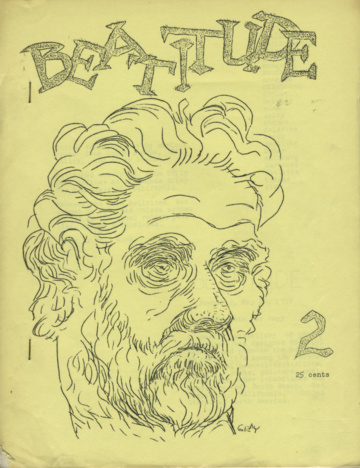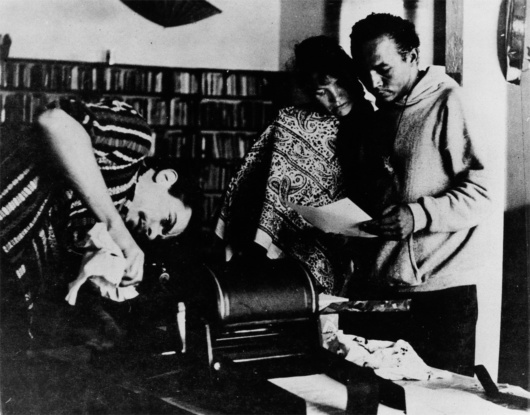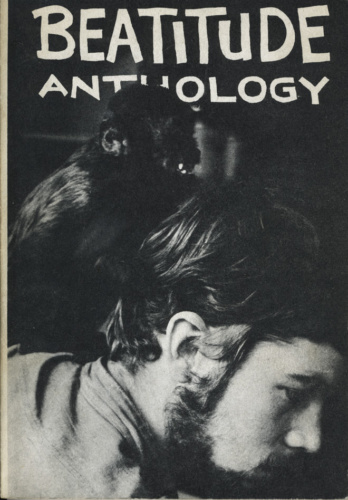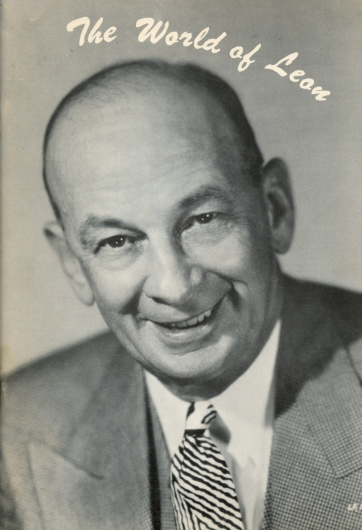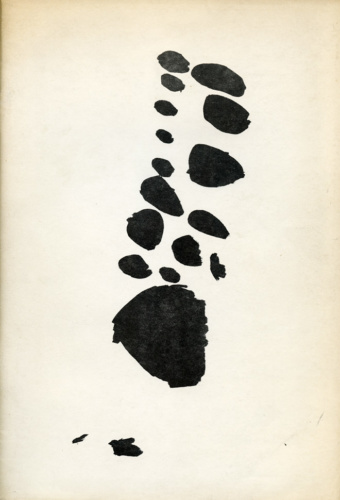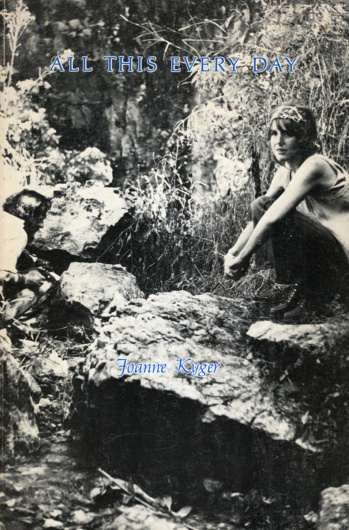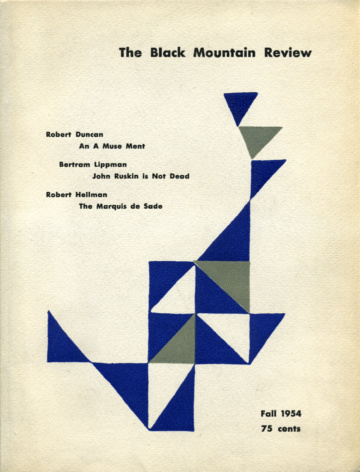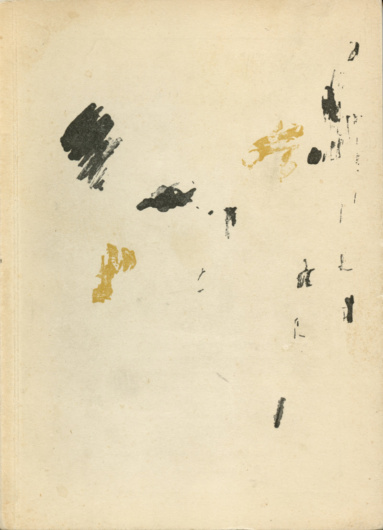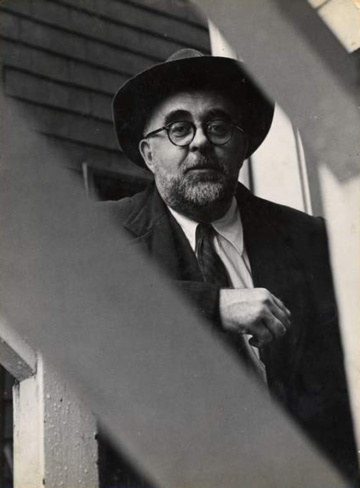The Boston Eagle
William Corbett, Lee Harwood, and
Lewis Warsh
Boston
Nos. 1–3 (April 1973–November 1974).
The Boston Eagle [1] (April 1973). Cover photograph by Judith Walker.
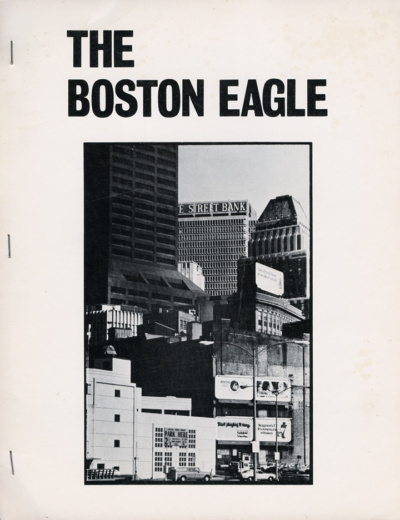
Perhaps because the “mimeo revolution” did not fit Boston’s image of itself—sheets of paper stapled between covers! how flimsy!—the Hub produced but one mimeo magazine, The Boston Eagle. If there was another I never saw it. Lewis Warsh, a veteran of the Lower East Side mimeo scene, moved to Cambridge in 1973 and resumed his friendship with the English poet Lee Harwood, in Boston for a year. One bitterly cold February night they walked Boston’s Freedom Trail. They phoned hoping to find nourishment and warmth in our South End home where, after Beverly fed them, we began the friendship that led to the Boston Eagle. The first issue would be a foursome with John Wieners, whose work we revered, taking the fourth chair. I think I contacted John, but it may have been Lewis. He agreed to join us but when we assembled the contents of the issue we ran into a problem. None of us had access to an A. B. Dick machine. John’s friend, the poet, editor of Fag Rag, historian, and anarchist Charlie Shively, solved this. He had one in his Back Bay apartment not far from Fenway Park. I remember a German Shepherd, not all that friendly, and Charlie’s large library on metal industrial shelves. I see Lewis, his hair kept out of his eyes by a knotted blue bandana, bent to the task of cranking the pages off the machine. He exhorted us, “Totally no mistakes! Totally no mistakes!” We took these pages to 9 Columbus Square, collating the magazine in our kitchen. We aimed for three hundred copies, but I can’t remember if we achieved this or not. I do remember that, to mail the issue, a manila envelope—bought in bulk for pennies apiece—and a six-cent stamp was all we needed. We published three issues, adding Bill Berkson and Bernadette Mayer and, I think, Clark Coolidge, but having not had any issues for years I can’t be certain.
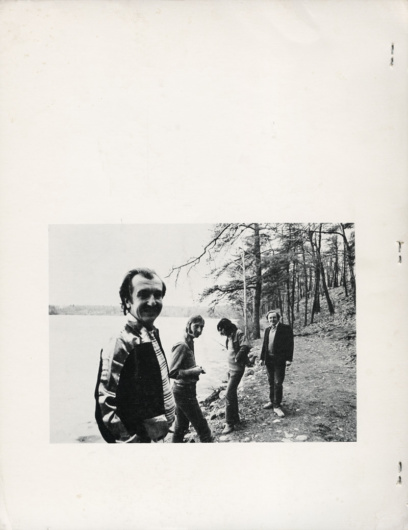
Back cover of The Boston Eagle [1] (April 1973). Photograph of John Wieners, Lee Harwood, Lewis Warsh, and William Corbett by Judith Walker.
Footnote: Until a year and a half ago I did have a copy of the first issue. After Lee Harwood died in the summer of 2015, Beverly and I heard from his son Rafe, now living and working in Manhattan. We invited him for lunch and, thinking he ought to have a copy of the magazine that involved both his parents, I gave my copy to him.
— William Corbett, Brooklyn, January 2017
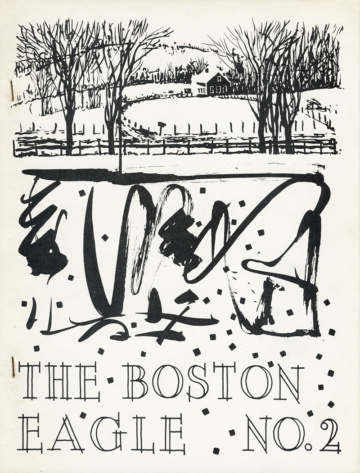
The Boston Eagle 2 (February 1974). Cover by Joe Brainard.


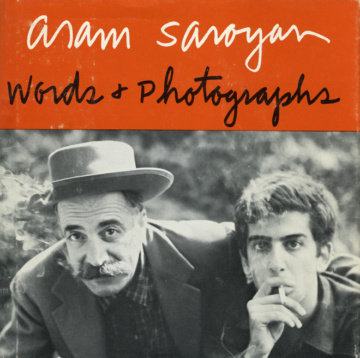
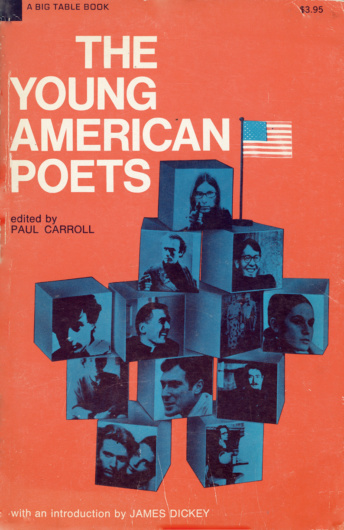
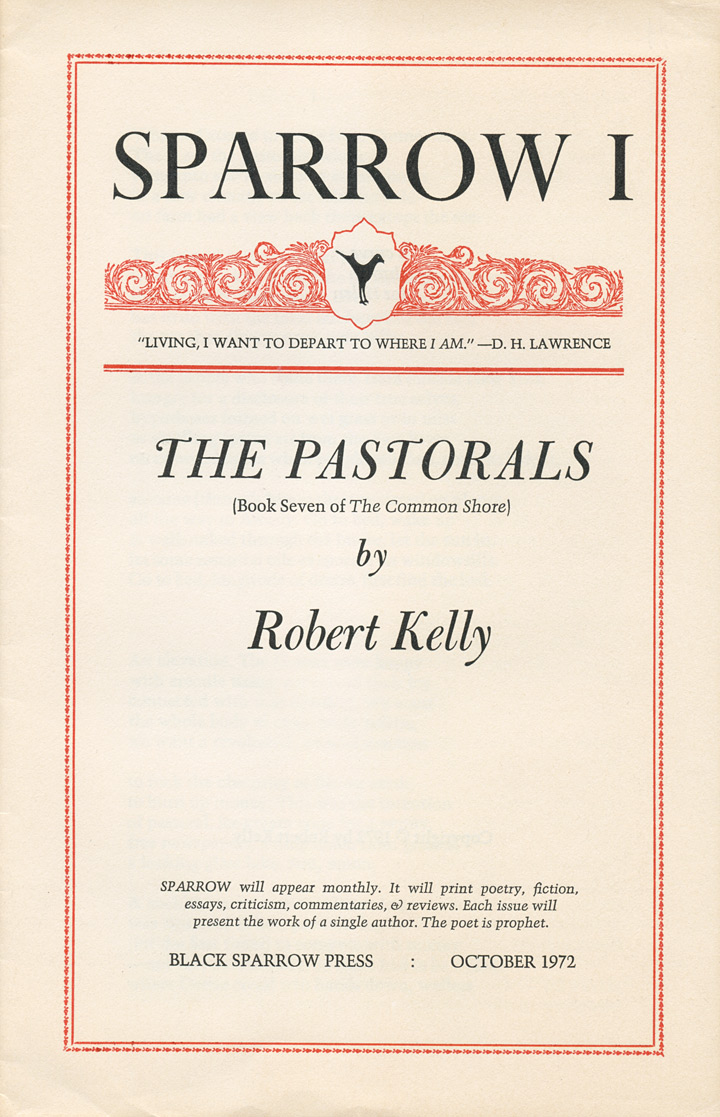
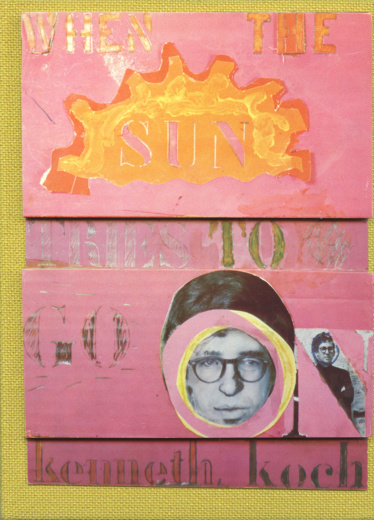
![Jess [Collins], Christian Morgenstern’s Gallowsongs (1970). Illustrations and versions by Jess.](https://fromasecretlocation.com/wp-content/uploads/2016/07/jess-gallowsongs-black-sparrow-1970-r-400x530.jpg)
